Gene Whipps
Wasserstein Distance Based Domain Adaptation for Object Detection
Sep 18, 2019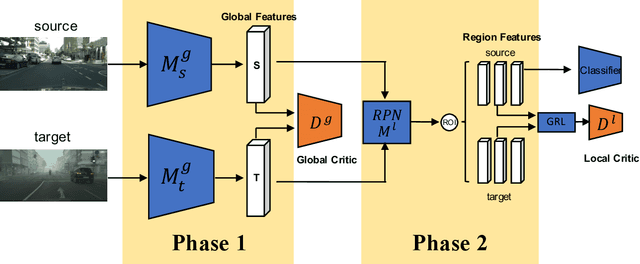

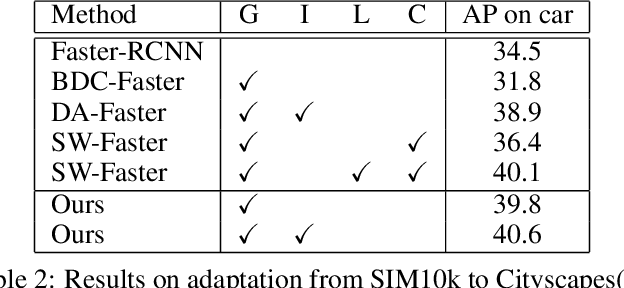

Abstract:In this paper, we present an adversarial unsupervised domain adaptation framework for object detection. Prior approaches utilize adversarial training based on cross entropy between the source and target domain distributions to learn a shared feature mapping that minimizes the domain gap. Here, we minimize the Wasserstein distance between the two distributions instead of cross entropy or Jensen-Shannon divergence to improve the stability of domain adaptation in high-dimensional feature spaces that are inherent to object detection task. Additionally, we remove the exact consistency constraint of the shared feature mapping between the source and target domains, so that the target feature mapping can be optimized independently, which is necessary in the case of significant domain gap. We empirically show that the proposed framework can mitigate domain shift in different scenarios, and provide improved target domain object detection performance.
Cyclostationary Statistical Models and Algorithms for Anomaly Detection Using Multi-Modal Data
Jul 02, 2018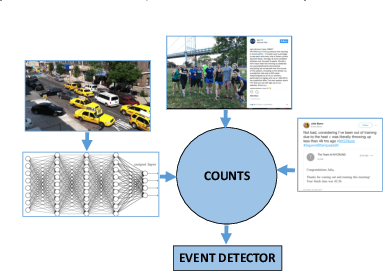
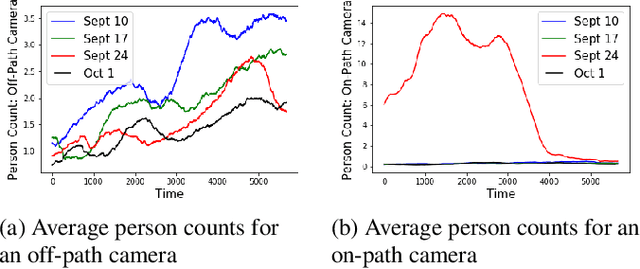
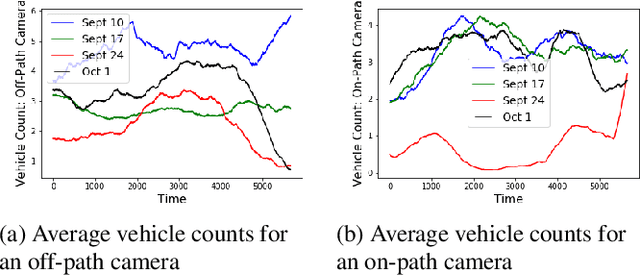
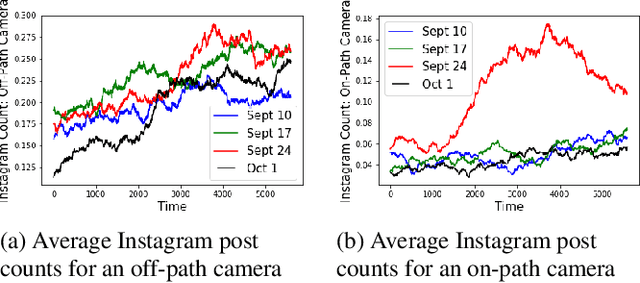
Abstract:A framework is proposed to detect anomalies in multi-modal data. A deep neural network-based object detector is employed to extract counts of objects and sub-events from the data. A cyclostationary model is proposed to model regular patterns of behavior in the count sequences. The anomaly detection problem is formulated as a problem of detecting deviations from learned cyclostationary behavior. Sequential algorithms are proposed to detect anomalies using the proposed model. The proposed algorithms are shown to be asymptotically efficient in a well-defined sense. The developed algorithms are applied to a multi-modal data consisting of CCTV imagery and social media posts to detect a 5K run in New York City.
 Add to Chrome
Add to Chrome Add to Firefox
Add to Firefox Add to Edge
Add to Edge